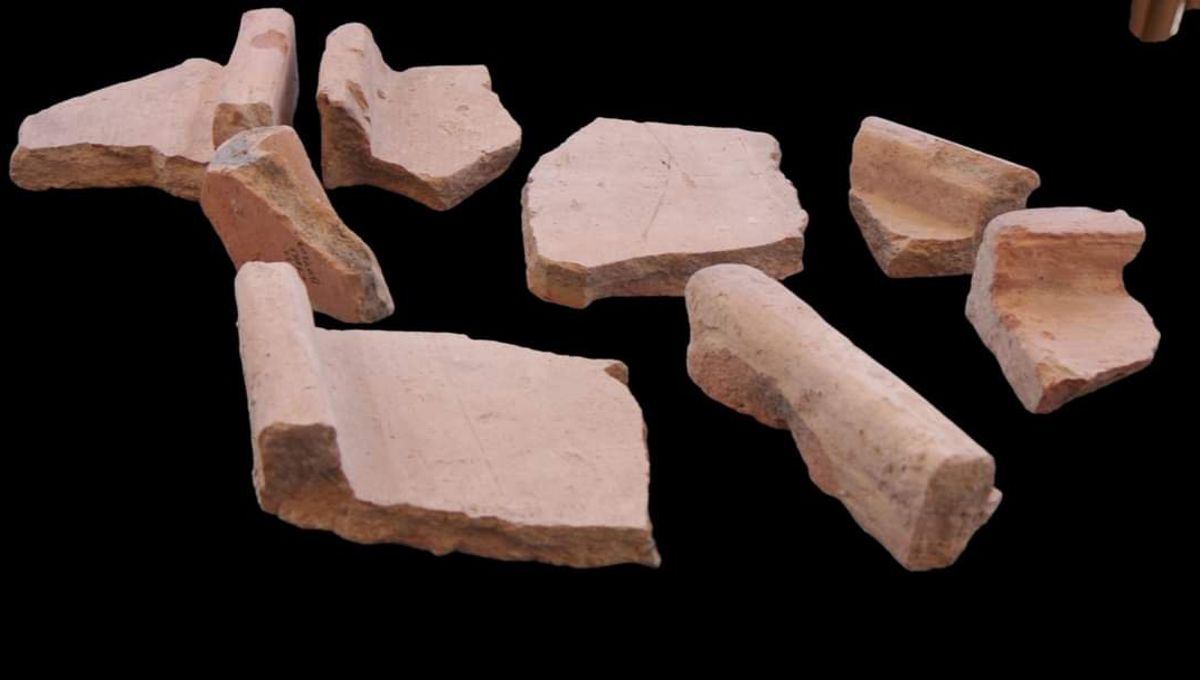
The oldest roof tiles ever discovered in Israel may have sat atop a fortress that played a key role in the story of Hanukkah, which today is celebrated as the Jewish festival of lights. Lasting for eight days, the religious holiday commemorates the Maccabean Revolt against the Seleucids, and archaeologists say the tiles were probably imported to Jerusalem by the latter around the time that the uprising occurred.
Announcing the discovery, the Israel Antiquities Authority revealed that 16 Hellenistic-period roof tile fragments were found in the City of David National Park, close to the walls of the Old City of Jerusalem. Thought to date back to the second century BCE, the tiles coincide with the invasion of the city by the Greek Seleucid king Antiochus IV in 168 BCE.
To establish control over Jerusalem, Antiochus ordered the construction of a fortress that came to be known as the Acra and which served as a symbol of Greek authority. Commenting on the discovery in a statement, the researchers said that “The representatives of the Seleucid King Antiochus IV, who reigned over vast areas from Syria to Persia, brought the knowledge and tradition of constructing tiled roofs from Seleucid-controlled Syria.”
“Tiles were very rare in our region during this period, and they were alien to local construction traditions, indicating that the technique of using tiles to roof parts of a tower or a structure inside that famous fortress was brought from Greek-controlled areas by foreign rulers,” added Dr Ayala Zilberstein of the Israel Antiquities Authority and Tel-Aviv University.
Though not included in the Bible, the Books of the Maccabees describe the Jewish uprising against the Seleucid rulers. Hanukkah itself is a celebration of a miracle that is said to have occurred following the liberation of the Temple of Jerusalem, when a small pot containing enough oil to light the menorah for a day somehow lasted for eight days.
“Until now, we had little material evidence for the presence of the Seleucid Greeks in Jerusalem,” said Dr Filip Vukosavović of the Israel Antiquities Authority. “The new rooftiles discovered in the City of David provide tangible remains of the Seleucid Greek presence in the region, linking us with the story of Hanukkah.”
Though the researchers can’t confirm whether the tiles were used on the Acra itself, their discovery does provide some tantalizing clues as to the exact location of this ancient fortress. According to Zilberstein, the new finds “strengthen the identification of the fortress on the City of David Hill.”
Source Link: 2,200-Year-Old Roof Tiles From The Story Of Hanukkah Discovered In Jerusalem